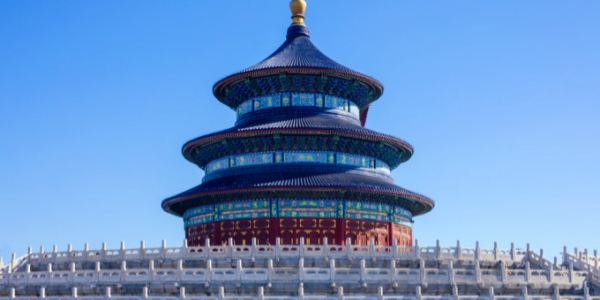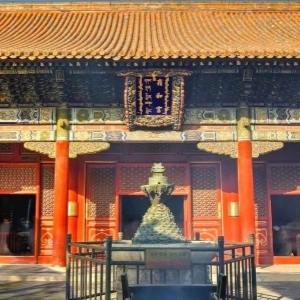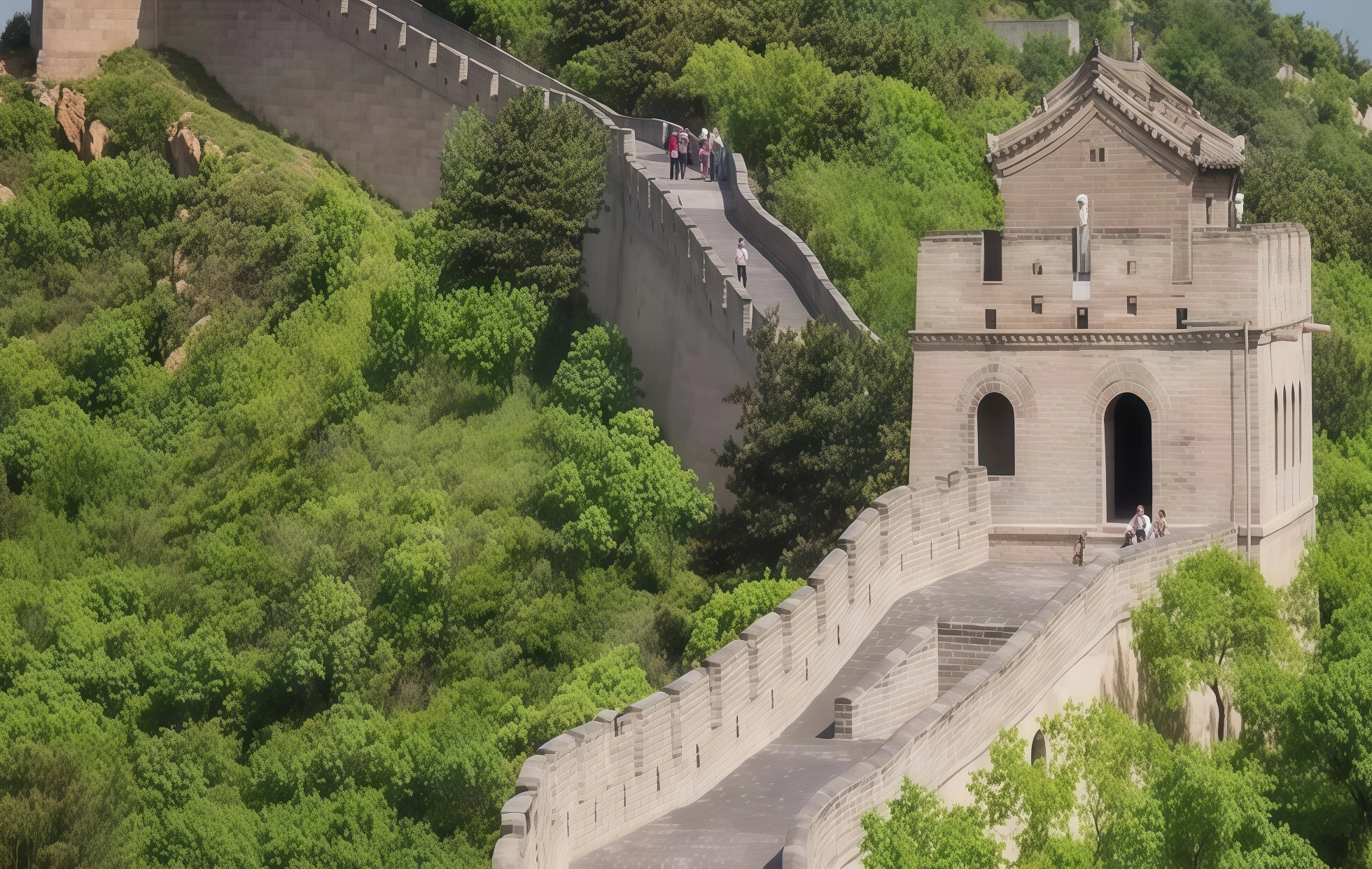Beijing, as the capital of China, not only has rich historical relics, but also carries profound cultural heritage. Among them, the Temple of Heaven, as an important place for emperors of the Ming and Qing dynasties to worship heaven and earth and pray for abundant harvests, is also an important representative of Beijing tourism and culture. Today, let's step into the Temple of Heaven together, explore its mystery and solemnity, and decipher the password behind it.
If you have any questions or would like to customize your trip, please contact us!
{tour-id-1813811695057334273,1811694421114576897}
1. Overview of the Temple of Heaven: Architectural Wonders of Elephant Heaven and Earth
The Temple of Heaven is located in Dongcheng District, Beijing, covering an area of approximately 273 hectares. It was a place where emperors of the Ming and Qing dynasties worshipped heaven and prayed for valleys. The architectural layout of the Temple of Heaven is rigorous and magnificent, with the main buildings being the Hall of Prayer for Good Harvests, the Imperial Vault, and the Round Hill, reflecting the ancient Chinese architectural concept of "imitating heaven and earth".

1) Hall of Prayer for Good Harvests: The Hall of Prayer for Good Harvests is the main building of the Temple of Heaven and also its iconic structure. It is located on the White Marble stone platform on the third floor, and is covered with round cusps and blue glazed tiles, symbolizing the round sky and the round place. The palace is dedicated to the God of Heaven and the God of Grain, and is an important place for the emperor to pray for abundant grain and national peace.
2) Huangqiongyu: Located north of the Circular Hill, Huangqiongyu is a place where sacrificial plaques are stored. Its architectural form is unique. It has double eaves, round and steep roof, and is covered with blue glazed tiles, echoing the Hall of Praying for Good Harvest.
3) Round Hill: The Round Hill is one of the most important sacrificial places in the Temple of Heaven, used for the emperor's winter solstice worship. The surface of the circular hill altar, railing, and lamp post are all nine or multiples of nine, symbolizing that "the sky is yang, the earth is yin, and nine is the extreme number of yang".
2. Sacrificial Culture: The Profound Foundation of the Temple of Heaven
The Temple of Heaven is not only a magnificent architectural complex, but also an encyclopedia of ancient Chinese sacrificial culture. Here, you can gain a deeper understanding of the historical background and cultural connotations of ancient emperors worshipping heaven and earth and praying for national peace and security.

1) Sacrificial process: The sacrificial process of the Temple of Heaven is complicated and solemn, including fasting, display, welcoming the gods, offering jade and silk, entering the bamboo bowl, initial offering, secondary offering, final offering, withdrawing food, sending the gods, and watching the fire. Each stage is filled with a sense of ceremony, reflecting the ancient emperors' reverence and worship for the natural world.
2) Sacrificial instruments: There are still a large number of sacrificial instruments preserved in the Temple of Heaven, such as bells, chimes, and gongs. These instruments are played during the sacrificial process, creating a solemn and dignified atmosphere, and also reflecting the unique charm of ancient Chinese music.
3. Play suggestion: Experience the Temple of Heaven culture in depth
For tourists who want to gain a deeper understanding of the culture and history of the Temple of Heaven, the following are some travel suggestions:
1) Visiting the Hall of Prayer for Good Harvests, the Imperial Vault of Heaven, and the Circular Hill: These are the core buildings of the Temple of Heaven and important places to learn about its history and culture. It is recommended that tourists combine explanatory services or self guided tour guides during their visit to better understand the historical background and cultural connotations of the scenic spot.
2) Participating in sacrificial performances: There are often sacrificial performances inside the Temple of Heaven, and tourists can participate in them to personally experience the solemnity and mystery of ancient imperial worship.
3) Visiting Temple of Heaven Park: Temple of Heaven Park is an important part of the Temple of Heaven architectural complex. It not only has beautiful natural scenery, but also rich historical and cultural relics. Tourists can take a walk, take photos, and rest here, experiencing the tranquility and beauty of the Temple of Heaven.
Related Posts
Create Your Customized Trip
Take about 2 minutes to fill the form to tell us how you like to travel, and get a reply within 1 working day.









